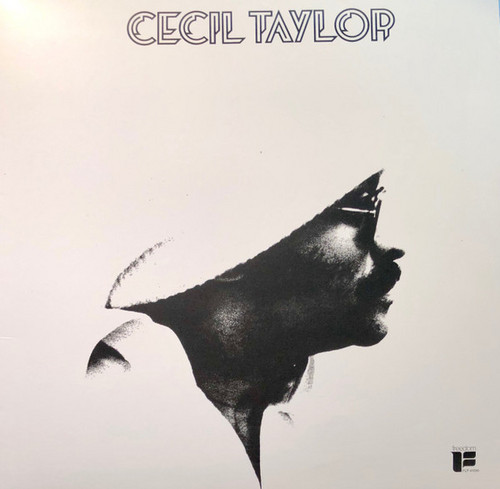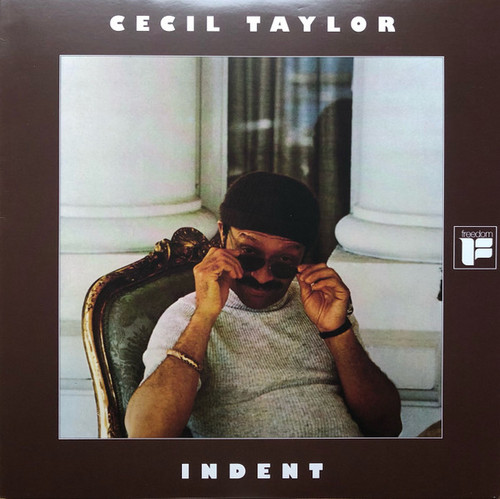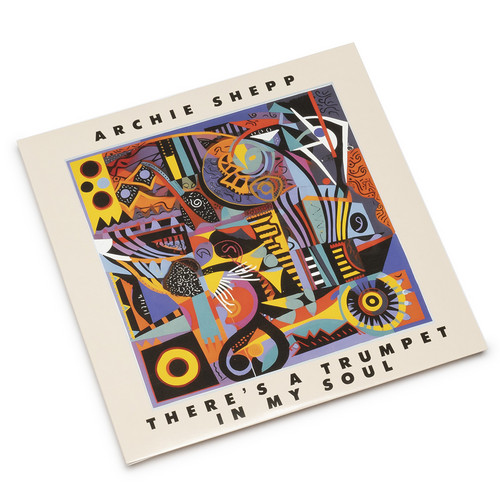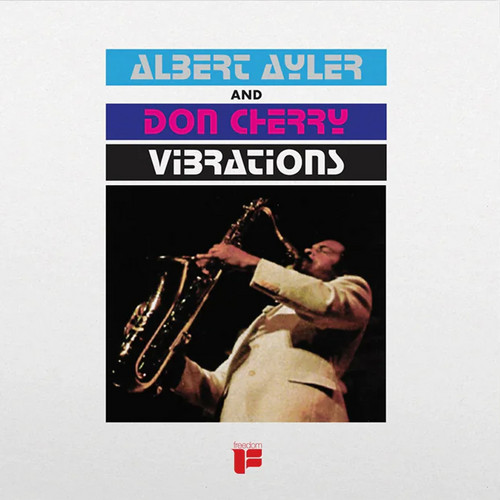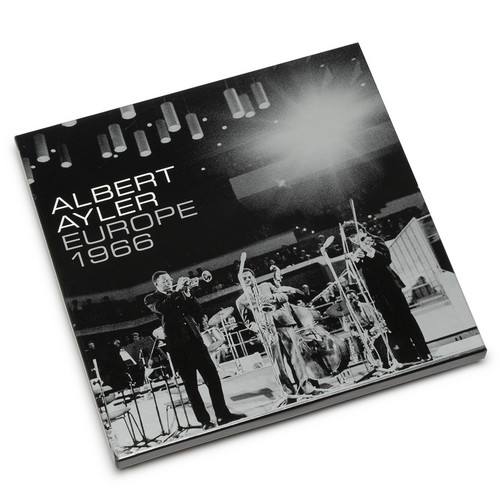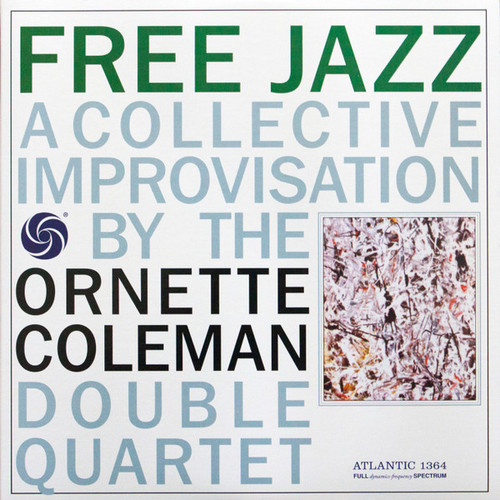★ORG Music
The Great Paris Concert
Cecil Taylor has always been considered one of the most daring and radical improvisers within the jazz genre, often pushing the boundaries with avant-garde and free jazz compositions. The Great Paris Concert is no exception Taylor's reputation. The artistic communication between the players of Taylor's quartet is second to none, and it's certainly palpable on every track of the album. Echoing each other's melodies, and 'battling' each other with solos, the group may have never sounded better. Th…
Indent
*2023 stock* Indent, a live solo album by Cecil Taylor, was recorded in Ohio in March 1973. The album was originally released on Taylor’s own Unit Core label and subsequently more widely released on the Freedom label. The album has received critical praise, including a 4/5 star review from the Rolling Stone Jazz Record Guide. Previously out of print for decades, the phenomenal work is finally coming back to vinyl with an audiophile-grade pressing from Pallas Group. The album was remastered for v…
There's A Trumpet In My Soul
There’s A Trumpet In My Soul is the 1975 album from avant-garde tenor saxophonist Archie Shepp, recorded in April of the same year at Sound Ideas Studio in New York City. The record is comprised of two three-part suites and the 10 minute “Down In Brazil,” among which are two vocal parts and a poem recitation. The outing finds Shepp, then in his musical prime, backed by a stellar group of players which grows to 13 pieces at times. This crew includes Ray Draper (tuba), Charles Greenlee (trombone) …
Vibrations
2023 stock. "Vibrations is the second album released by American free jazz saxophonist Albert Ayler's quartet featuring Don Cherry, Gary Peacock, and Sonny Murray. The album was recorded in Copenhagen in September of 1964. Originally issued by the Freedom label, it also been released under an alternate title, Ghosts. Previously out of print for decades, the recordings were remastered for an audiophile-grade pressing on 180gram vinyl at Pallas in Germany."
Europe 1966
Super tip! Europe 1966 is a box set consisting of live performances from free jazz visionary Albert Ayler. Each of the 4 LPs highlight some of the most magnificent moments on this European tour, showcasing Ayler and his bandmates at the height of their powers. The release includes performances from Berlin, Lorrach, Stockholm and Paris, all of which occurred within a two week span. Ayler's masterful band on this tour included his brother Donald on trumpet, Michel Samson on violin, William Folwell…
The Shape of Jazz to Come
As jazz's first extended, continuous free improvisation LP, Free Jazz practically defies superlatives in its historical importance. Ornette Coleman's music had already been tagged "free," but this album took the term to a whole new level. Aside from a predetermined order of featured soloists and several brief transition signals cued by Coleman, the entire piece was created spontaneously, right on the spot. The lineup was expanded to a double-quartet format, split into one quartet for each stereo…
